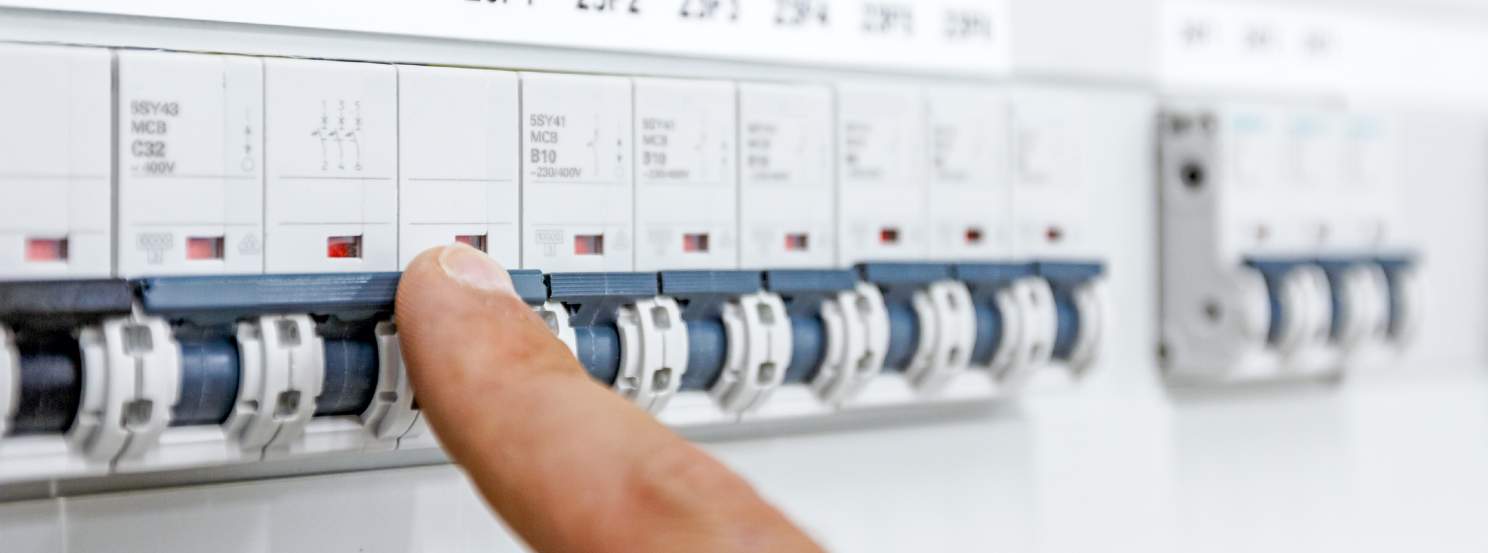Many things will be competing to occupy the minds of farmers, or indeed any business, at the moment. But amid uncertainty, the need to understand energy usage remains a constant.
If you rely on a supplier to provide your energy, it’s vital to have a thorough knowledge of the market to make certain you get the best deal. It’s also important to explore other sources to ensure you are maximising efficiency and minimising expenditure.
Historically, subsidies made it attractive to install a renewable energy project purely as an income stream, but in an unsubsidised environment it is worth considering whether you can generate energy for your own use.
This makes particular financial sense when you consider that wholesale costs constitute less than half the retail price of energy bought in from a supplier, typically 45 per cent for electricity and 41 per cent for gas. The rest of the bill is made up of third party costs.
A good but often overlooked strategy for assessing all aspects of energy is the ‘energy hierarchy’. This prioritises how a business looks at energy to achieve an overall more sustainable approach to usage and is applicable across all business types. From highest to lowest priority the categories are:
Minimising energy use is particularly important if you let, or plan to let, property. That’s because the Minimum Energy Efficiency Standards in England and Wales and the Scottish Energy Efficiency Programme set minimum efficiency levels for any residential or commercial buildings that are rented out. Any house let from April 2020 must have an EPC rating of E or above or the owner must be able to demonstrate that they have taken reasonable steps to achieve it.
The details of a business’s energy strategy will depend on the available resources, its situation and the nature of the property or enterprise. But even the exercise of applying the energy hierarchy will clarify and strengthen plans.

.jpg)







.jpg)
.jpg)